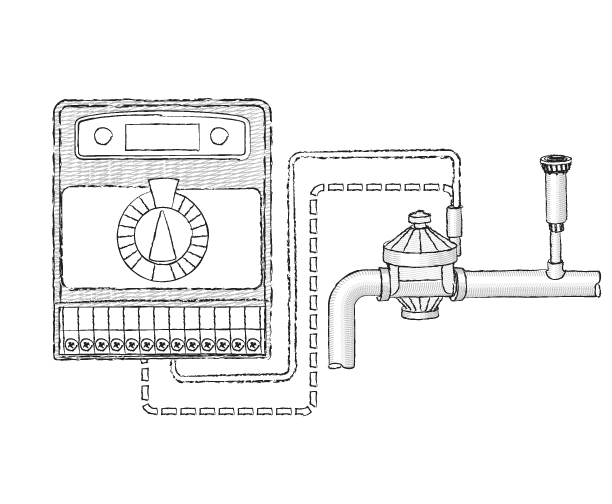 Weather-based Controllers
Weather-based Controllers
What are weather-based controllers?
Many of us check the weather to determine what clothing we will wear for the day. Similarly, weather-based controllers monitor changing weather conditions and water accordingly. These products are also referred to as climate-based controllers, climatologically based controllers and smart controllers.
How do they work?
Weather-based controllers use weather data to calculate evapotranspiration, the amount of water that evaporates from the soil surface or is used by the plant. Based on local weather conditions, these smart controllers automatically adjust the irrigation schedule to deliver only enough water to meet the plant needs.
Different controllers use different sources of weather data. These include on-site weather sensors, data from a local weather station or data from the internet. Weather-based controllers can be retrofitted on new or existing irrigation systems.
SWAT Testing Protocol
SWAT protocols define science-based methods to evaluate whether products meet established standards for water-use efficiency. Version 8 of the protocol was approved and adopted in September 2008.
For questions about SWAT or weather-based controllers, contact the Irrigation Association via email or by calling 703.536.7080.
WaterSense Testing Protocol
The U.S. Environmental Protection Agency’s WaterSense program began labeling weather-based controllers in 2012. WaterSense criteria are based on the SWAT testing protocol but include modified requirements for minimum runtimes, missing weather station data, rainfall requirements and calculating the water balance.
• View WaterSense-labeled weather-based controllers.